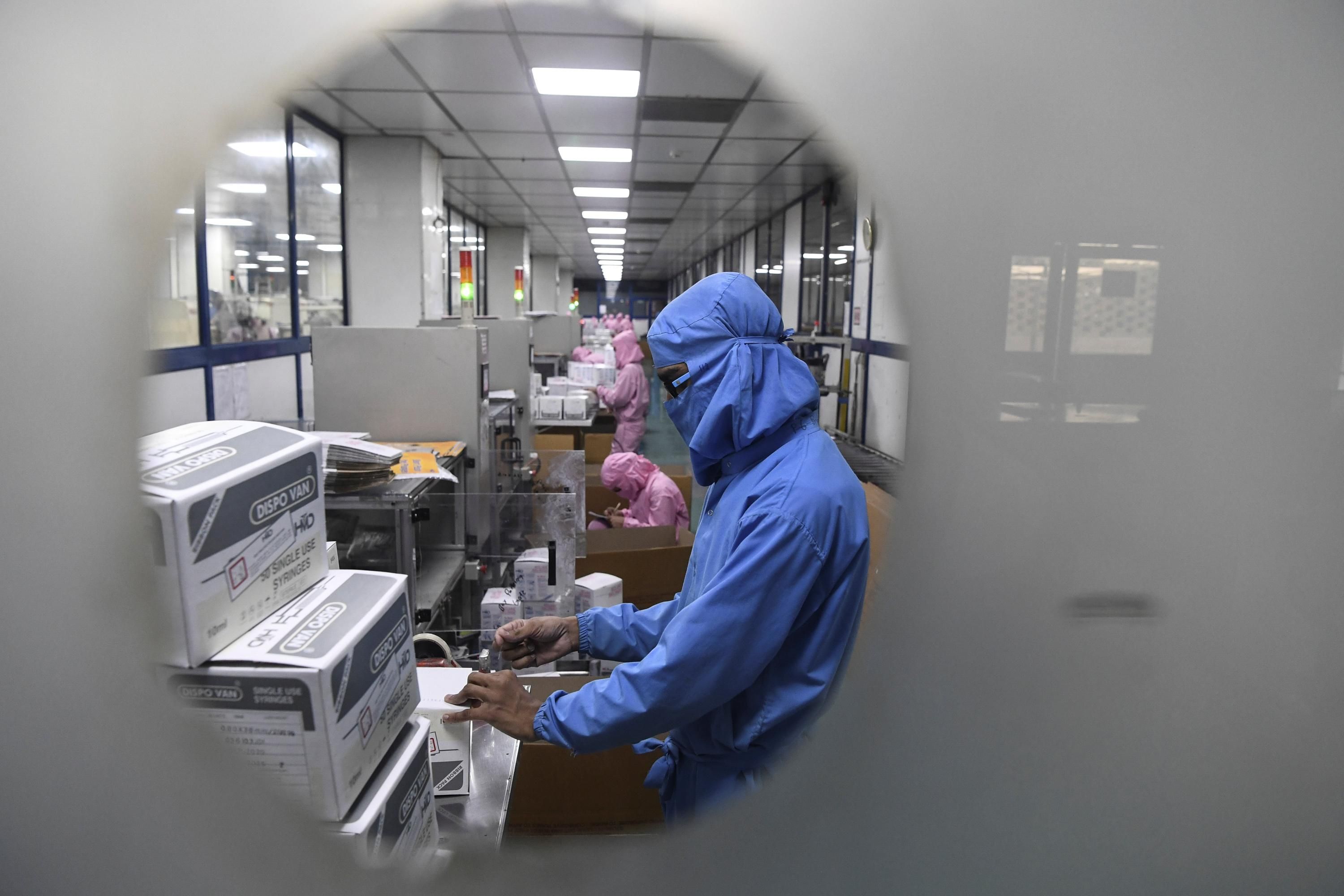The Failure of the US Two-Party System
Predictably, the break in unanimity came with the formation of two parties, in the US, a Federalist and an anti-Federalist party.
This is the pattern that exists throughout the advanced capitalist countries, creating multi-party parliaments as a commonplace. But not in the US.
Where there have been emergent third or fourth parties, the two parties have either placed insurmountable obstacles in their way or absorbed their political identity.
Stunted class consciousness, illusions of social mobility, perceived opportunities afforded by an expanding frontier, and entrenched loyalties are among the many factors securing a two-party system. The distractions of wars and conflicts, demanding unity and stability, have also played a role in preserving the two-party system.
In truth, the US ruling class has won a remarkable achievement in maintaining an electoral vessel filled to overflowing with diverse, incompatible interests. When will that vessel fracture?
A Pew Research Center study enlisting over 10,000 respondents in a political typology study, the most robust of those conducted by Pew since 1987 suggests a possible answer. What they found bears directly upon the validity and viability of the-two party system. In the words of the study, “...the gulf that separates Republicans and Democrats sometimes obscures the divisions and diversity of views that exist within both partisan coalitions – and the fact that many Americans do not fit easily into either one.”
Researchers found clusters of political attitudes that define independent voter perspectives that are hard to coexist comfortably in the two existing parties. They identify the following clusters and their respective percentages of the population:
It should be noted that these clusters are constructed from answers to questions that were posed to those participating in the survey. Thus, they are biased by the researchers' preconceived notions of the issues that they believe divide the US. Nonetheless, they do identify potential factions that coexist uneasily in both parties.
So we find that Pew identifies eight significant factions-- four that tend to vote Democratic and four that vote Republican (with stressed sideliners representing disinterested, disgusted, less frequent voters)-- funneling their votes into two electoral vehicles that cannot possibly represent them all adequately!
Moreover, the conventional illusion that each of the two parties represent a consistent, shared ideology obscures the many possibilities of creating useful coalitions or alliances in moving politics out of the stagnation and ineffectiveness of the US system.
Apart from its failure to capture ideological diversity, the two-party system encourages conformity on issues that are easily susceptible to patriotic or nationalistic zeolatry-- foreign policy, the military, loyalty, etc. Politicians in a two-party system dare not allow the other party to challenge them on these matters.
Consequently, we have two-party conformity on the “evils” of such diverse nations as Russia, PRC, Iran, DPRK, Venezuela, Nicaragua, Syria, and others, who share only one common feature-- they are made a target by our two-party dominated government.
Pepsi or Coke, Yankees or Blue Jays, ketchup or mustard are frivolous, but harmless choices. Democrat or Republican-- in the crises before us-- too often becomes frivolous as well, but increasingly harmful.
Unfortunately, too many people have invested heavily in their respective parties, succumbing again to empty, cynical promises like Obama’s risible “hope and change” slogan in our day. No amount of disappointment can seemingly separate the act of faith that cements voters to the two-parties. The prior investment in the Democratic and Republican parties generates what economists call the “sunk cost fallacy”, the idea that too much has been expended on the respective parties to jettison them now.
But it is a fallacy and until we learn to break away from the irrationality of the two-party charade, the Democratic Party will be an obstacle to the kind of changes that we desperately need to make.
Greg Godels
zzsblogml@gmail.com










